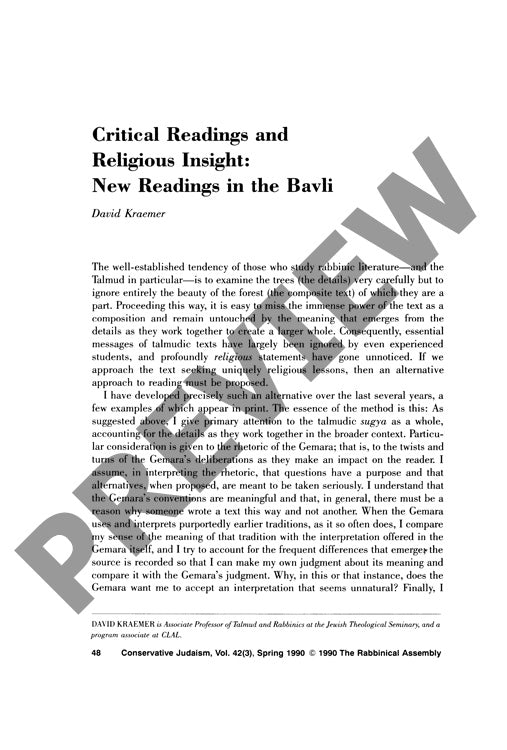Religious Insight New Readings in the Ba
Couldn't load pickup availability
Ancient rabbinic texts reveal far more nuance and flexibility in Jewish law than commonly assumed, particularly regarding women's ritual obligations. Through comprehensive analysis of rhetorical patterns and argument structures in Berakhot 20b, a fresh methodological approach uncovers how the Talmud systematically frames each halakhic ruling as a potential exception rather than an obvious application of established rules. Rather than examining isolated textual fragments, this unified reading of the talmudic sugya demonstrates how the Gemara deliberately subverts categorical distinctions by presenting alternative scriptural interpretations that could justify opposite conclusions. The text's questioning methodology inherently challenges the notion that existing laws represent the singular correct interpretation of divine will. Talmudic questions and alternatives serve purposeful functions, with textual conventions carrying meaningful significance beyond their surface content. This deliberative structure suggests that halakhic determinations represent conventional choices among equally valid possibilities rather than inevitable outcomes. Such insights transform our understanding of the practitioner-halakhic system relationship, demanding intellectual modesty while potentially justifying contemporary halakhic innovation, particularly regarding women's ritual status. The evidence supports "creative betrayal" through continued questioning as a legitimate traditional Jewish interpretive strategy.

More Information
-
Physical Description
-
Publication Information
Published 1990
ISBN
-
Publication Credits
David Kraemer

